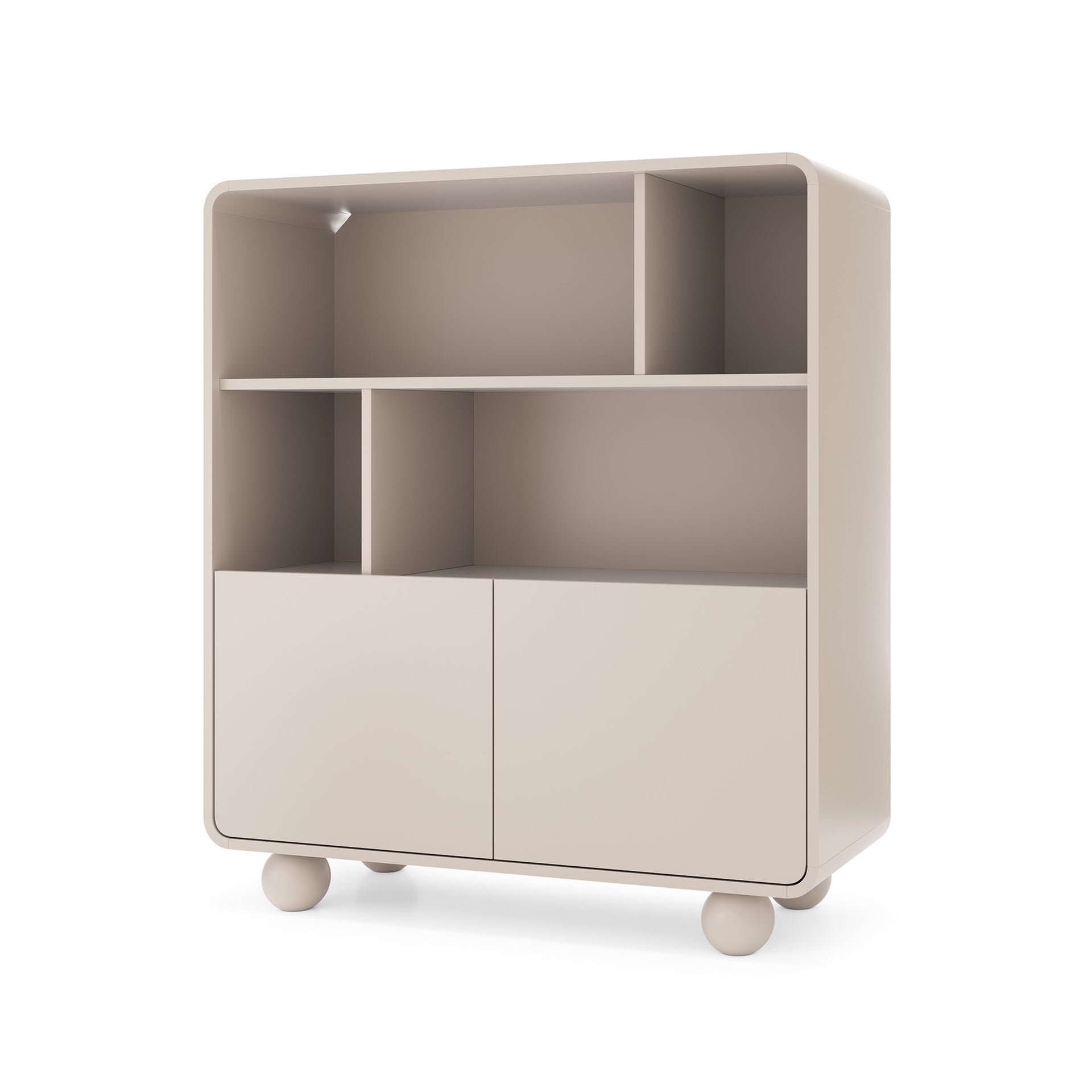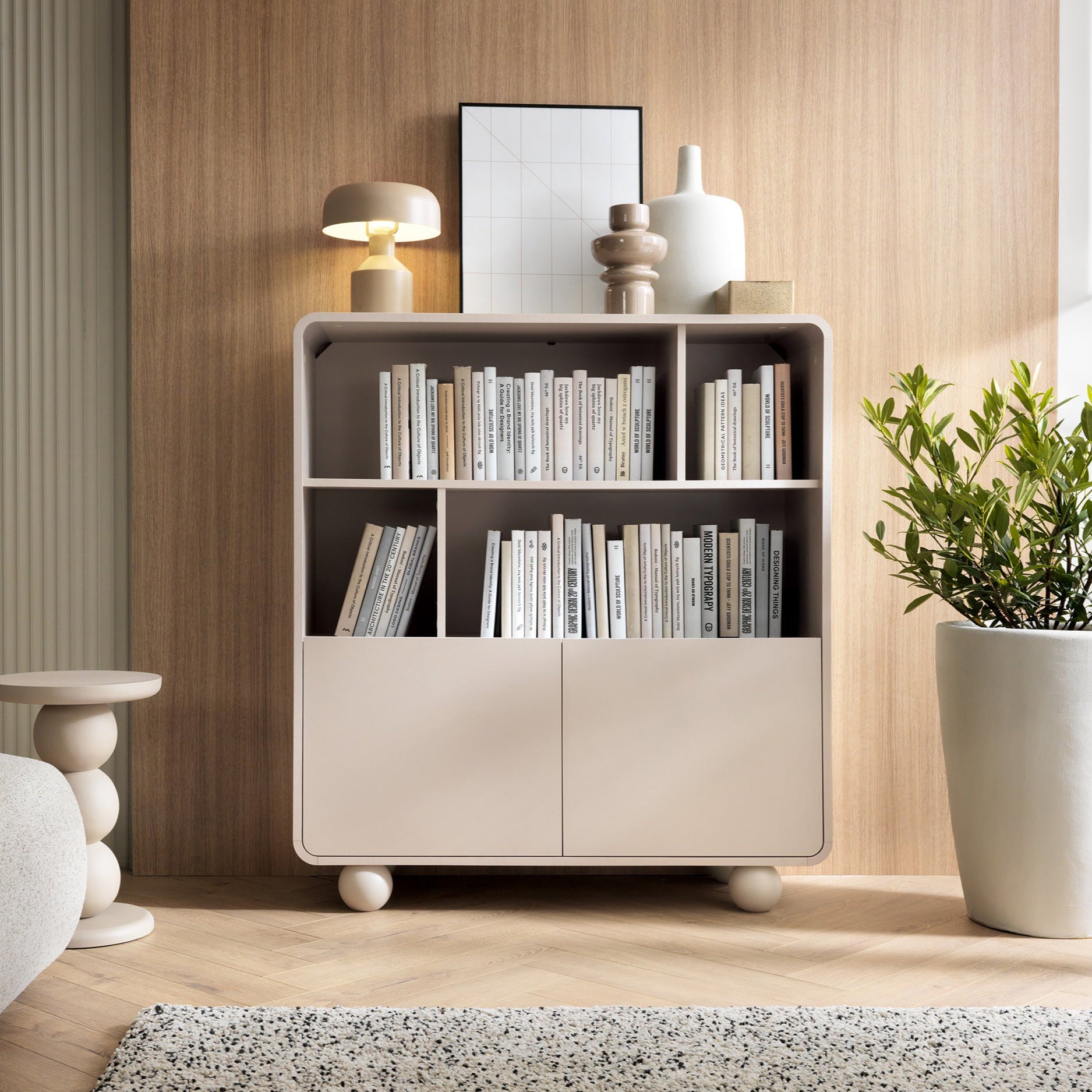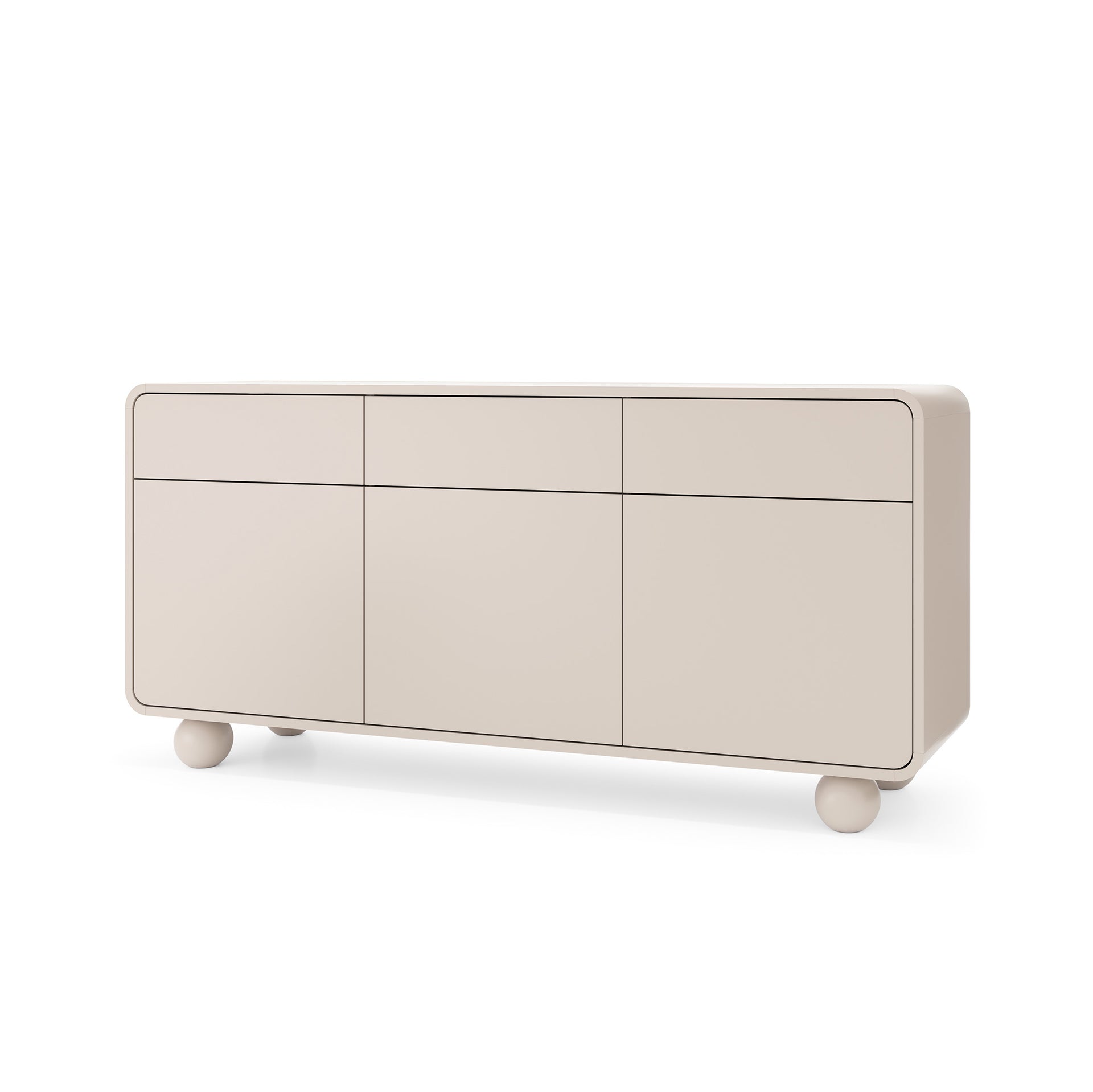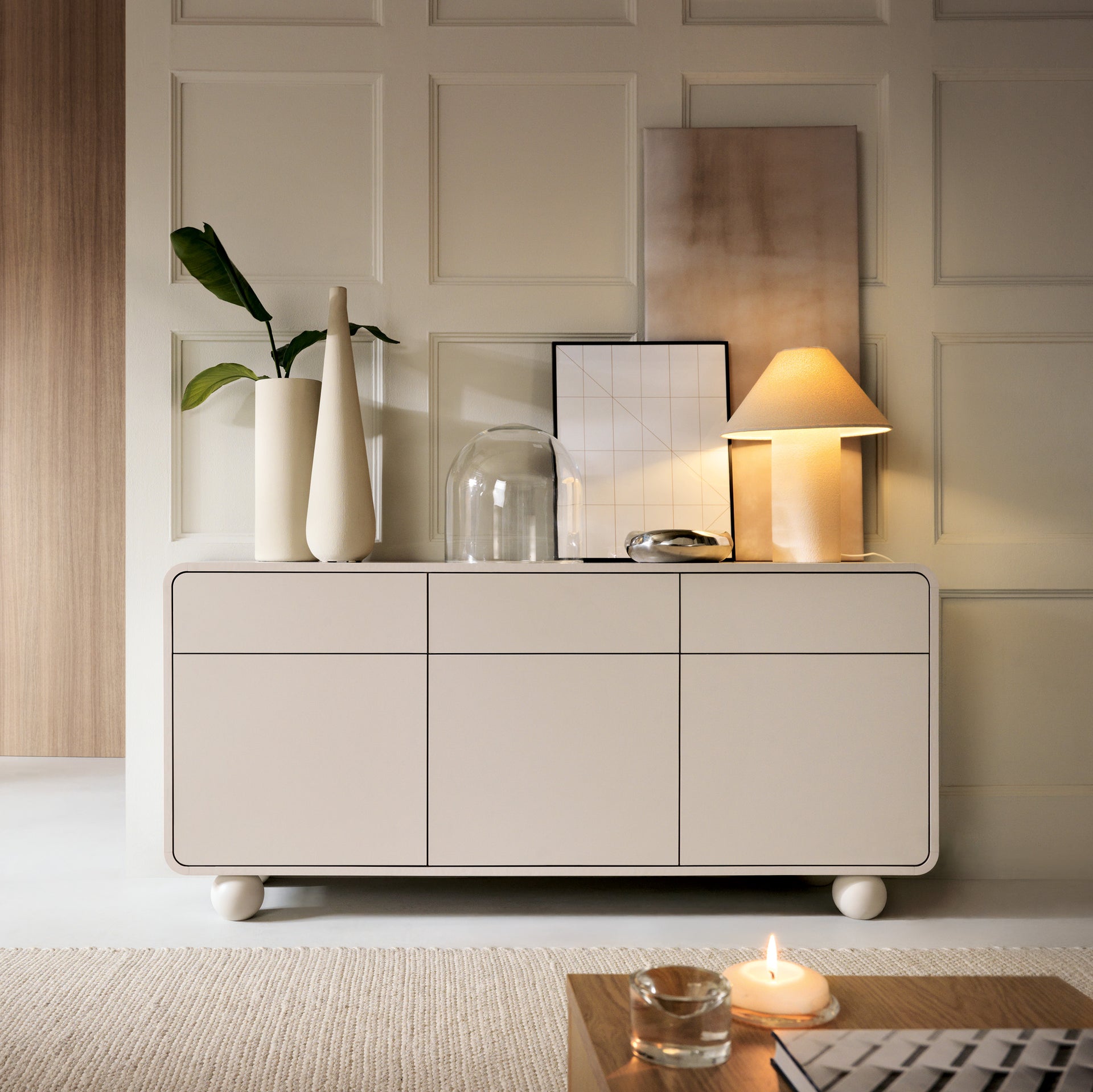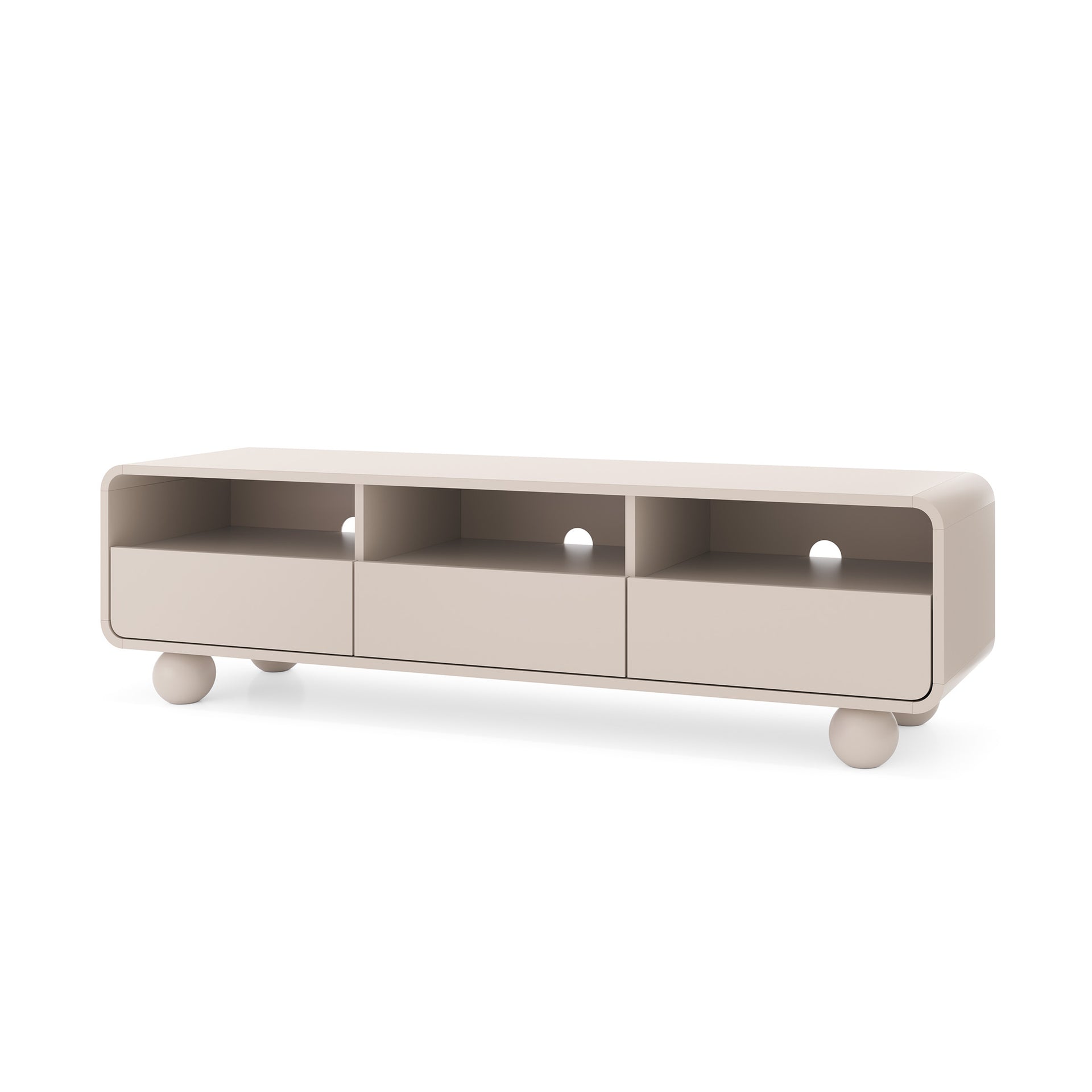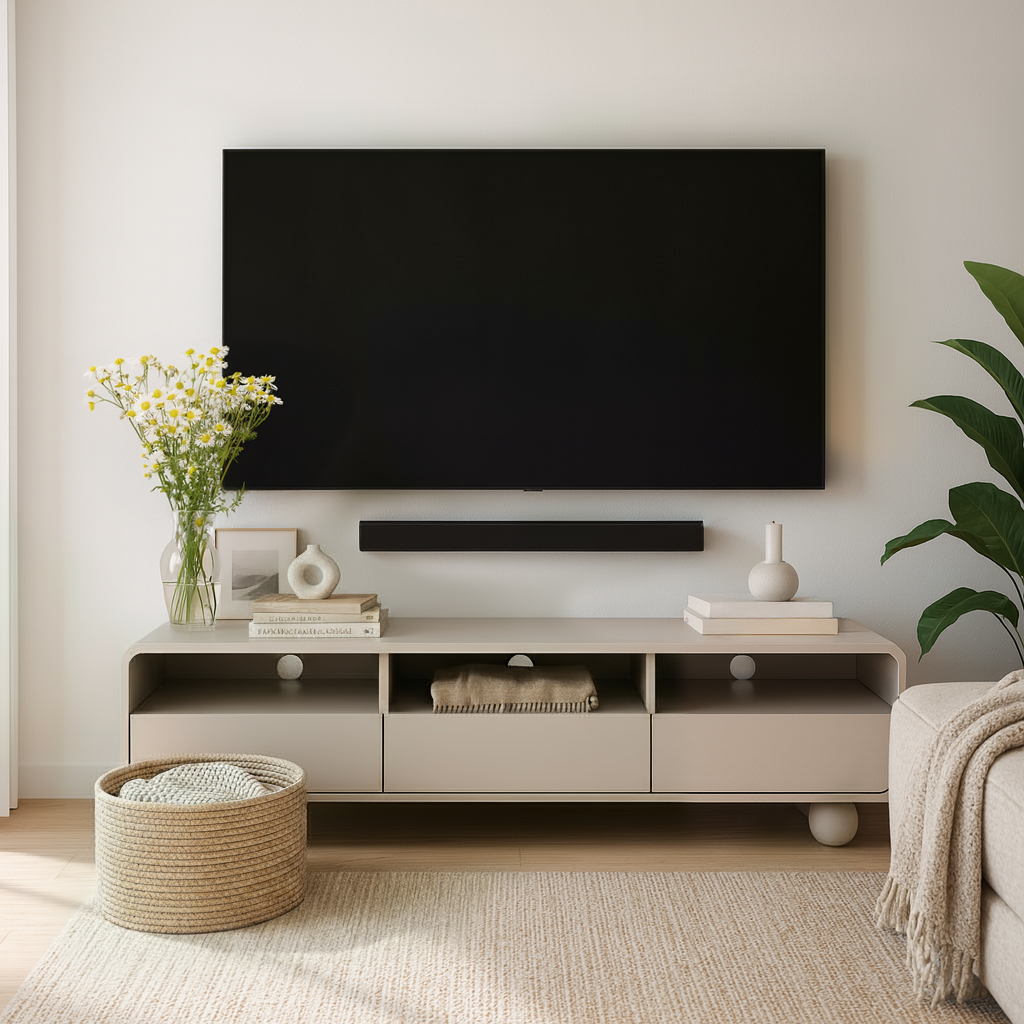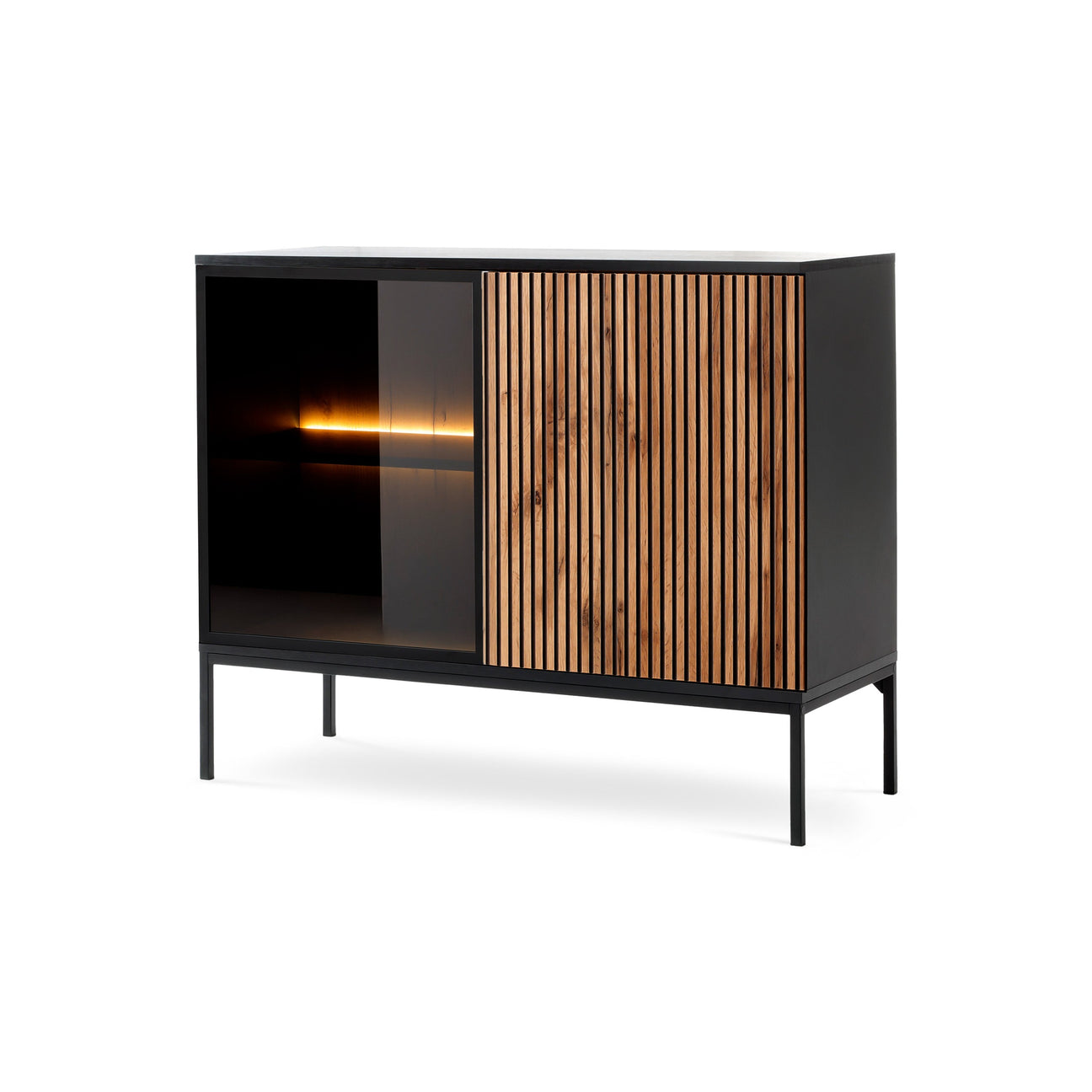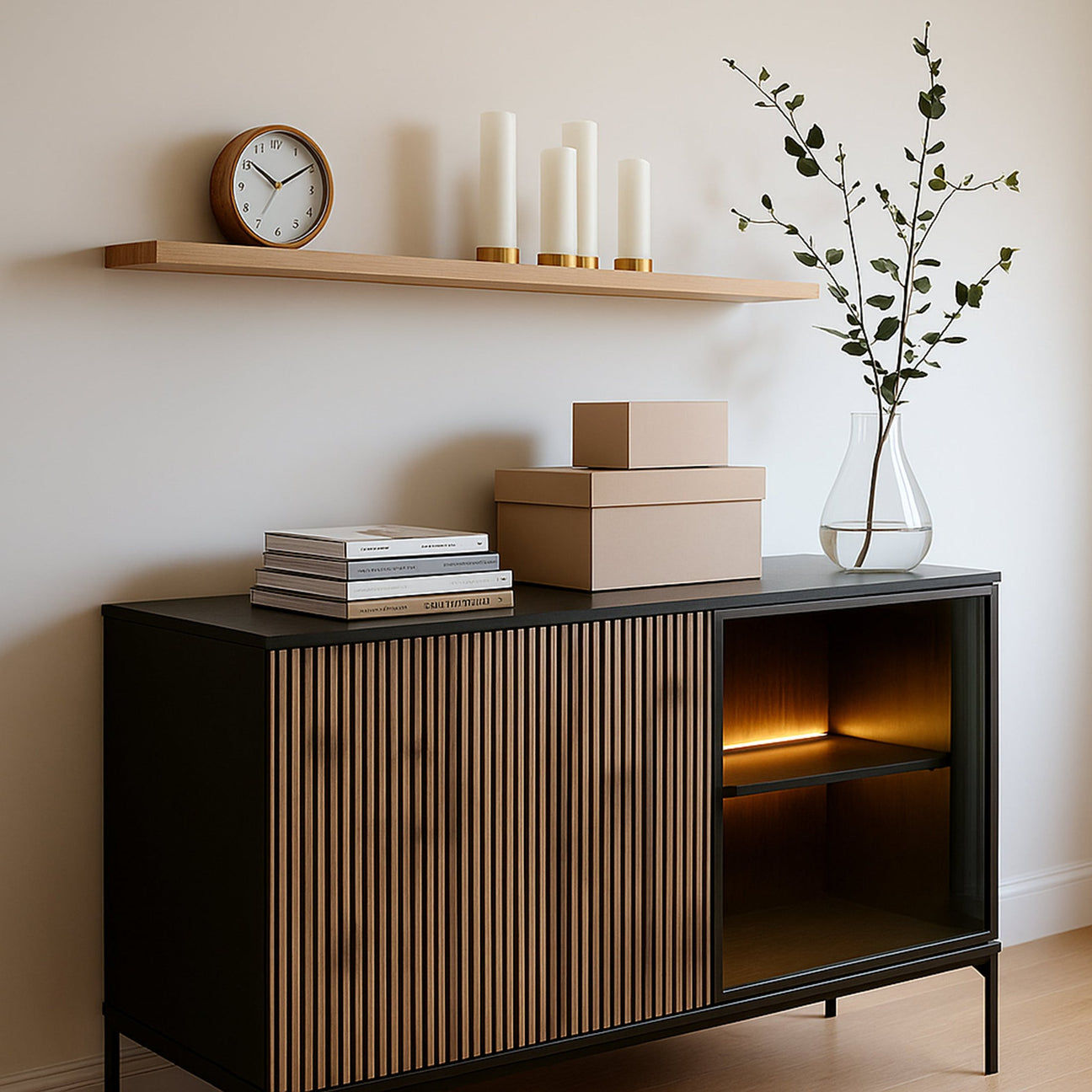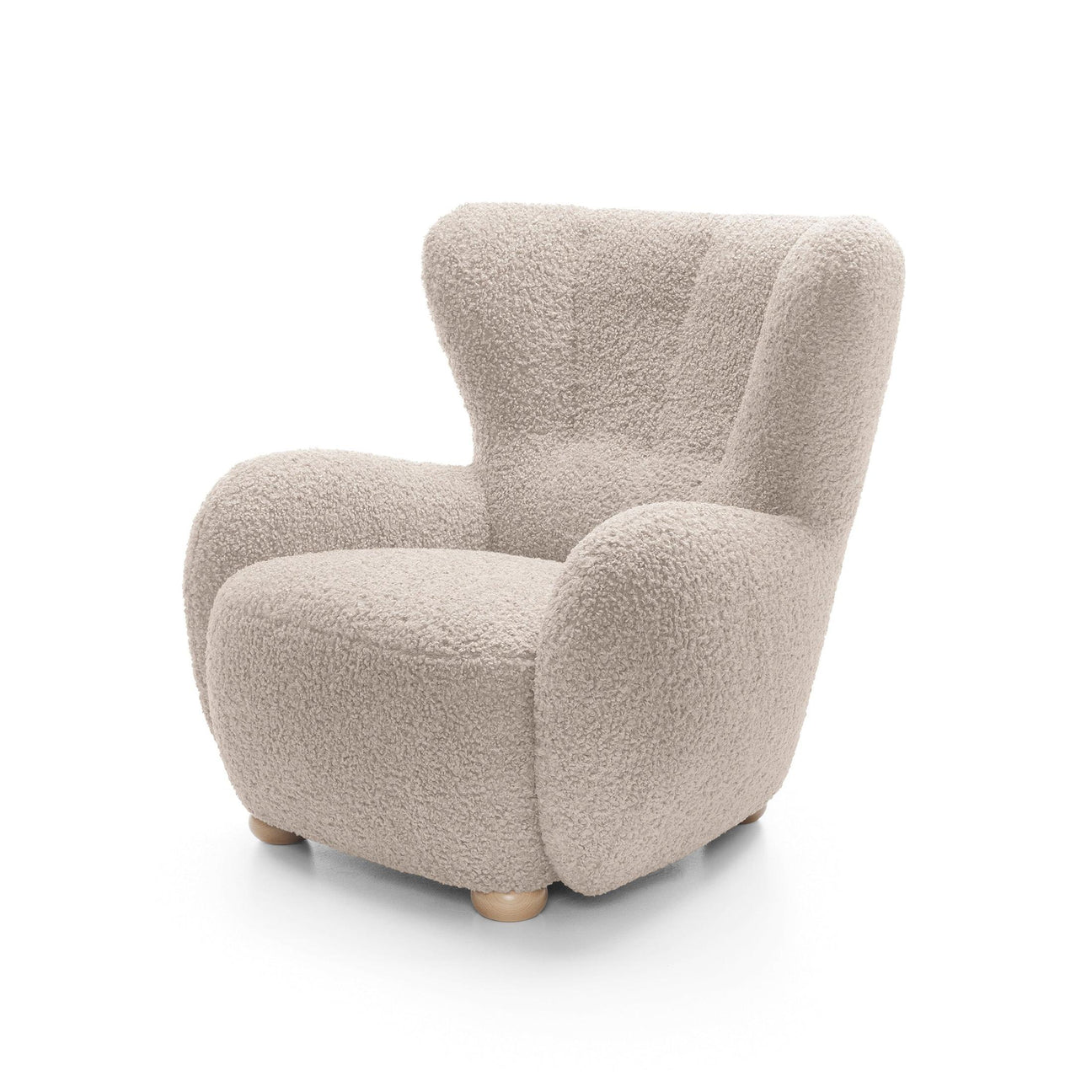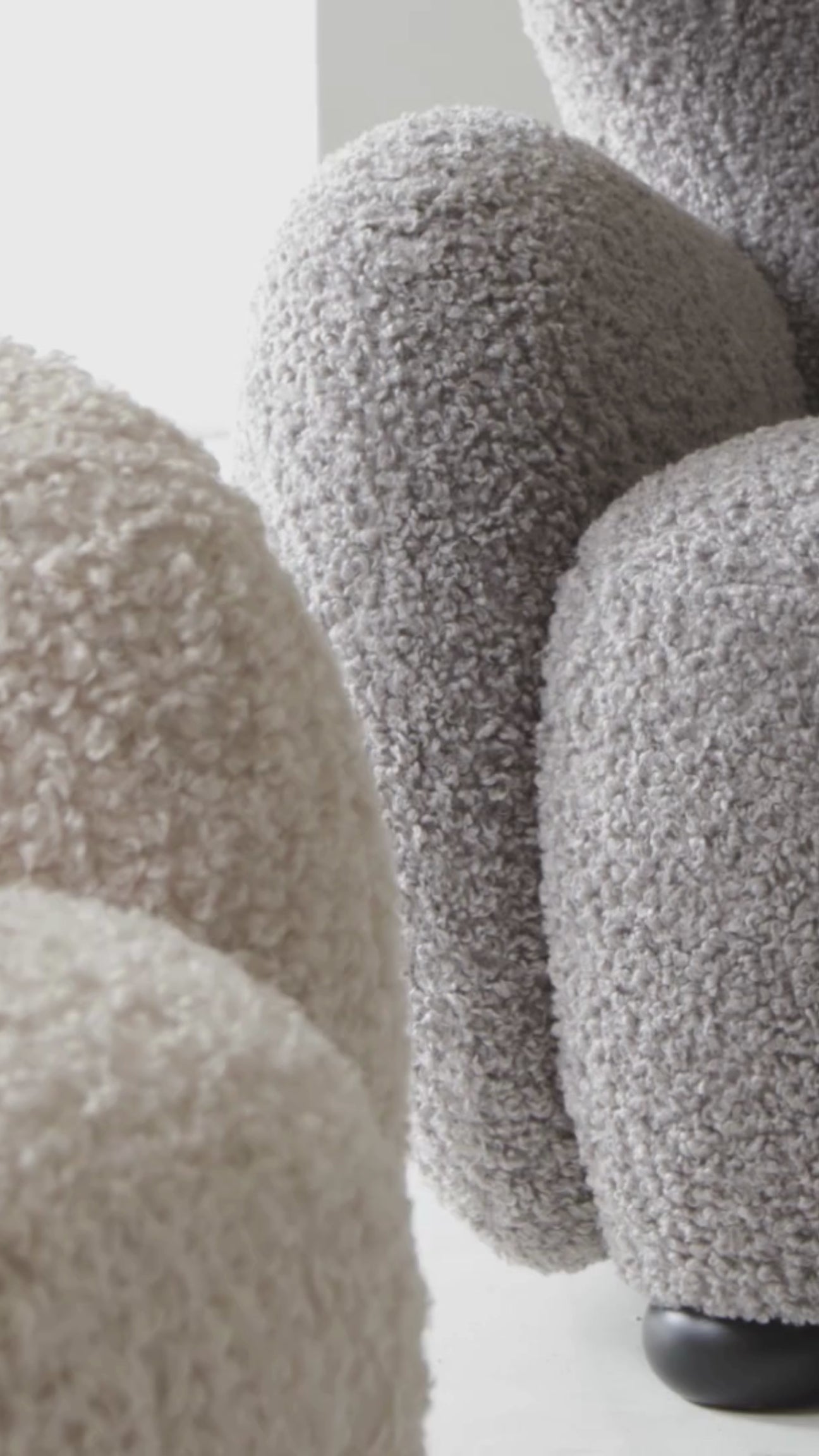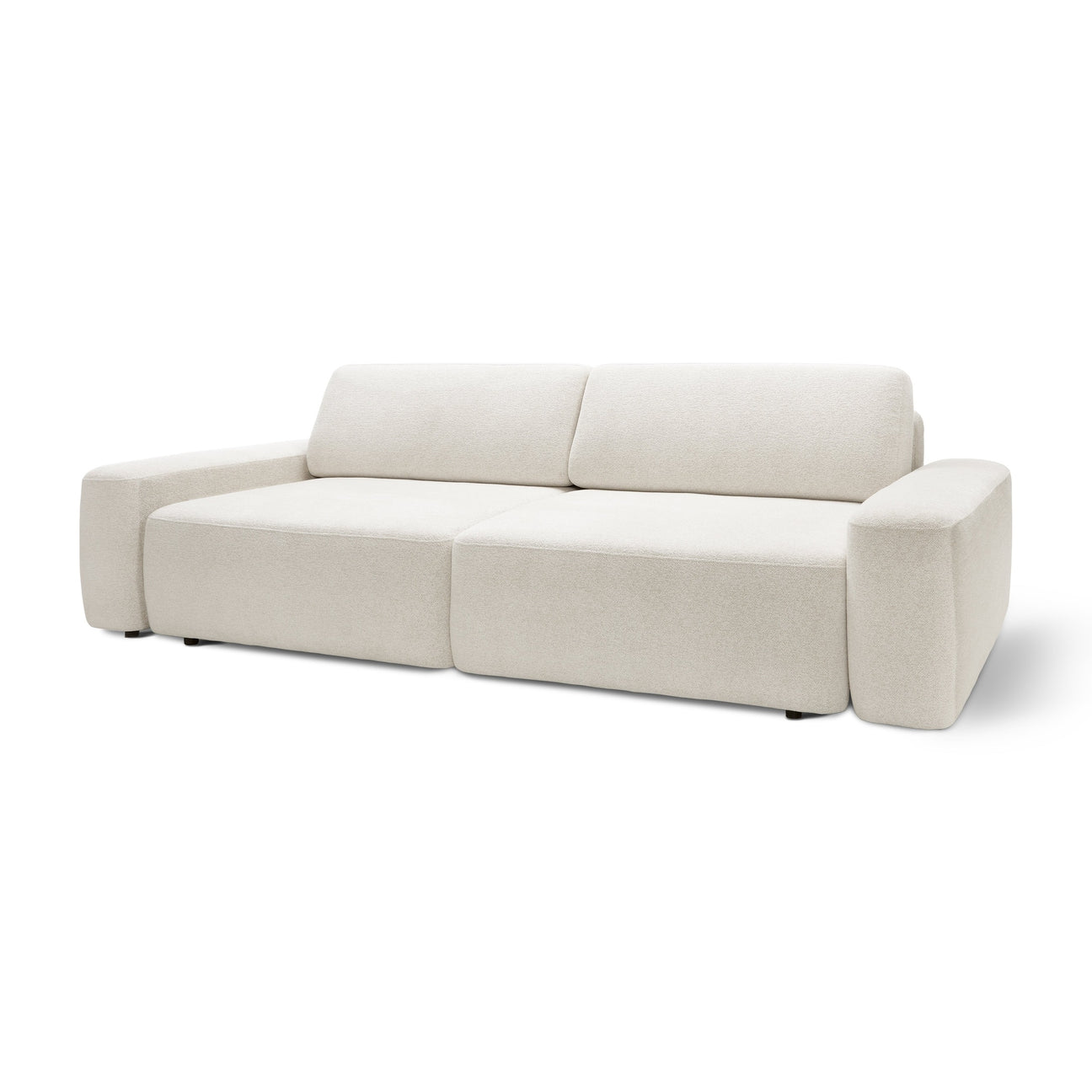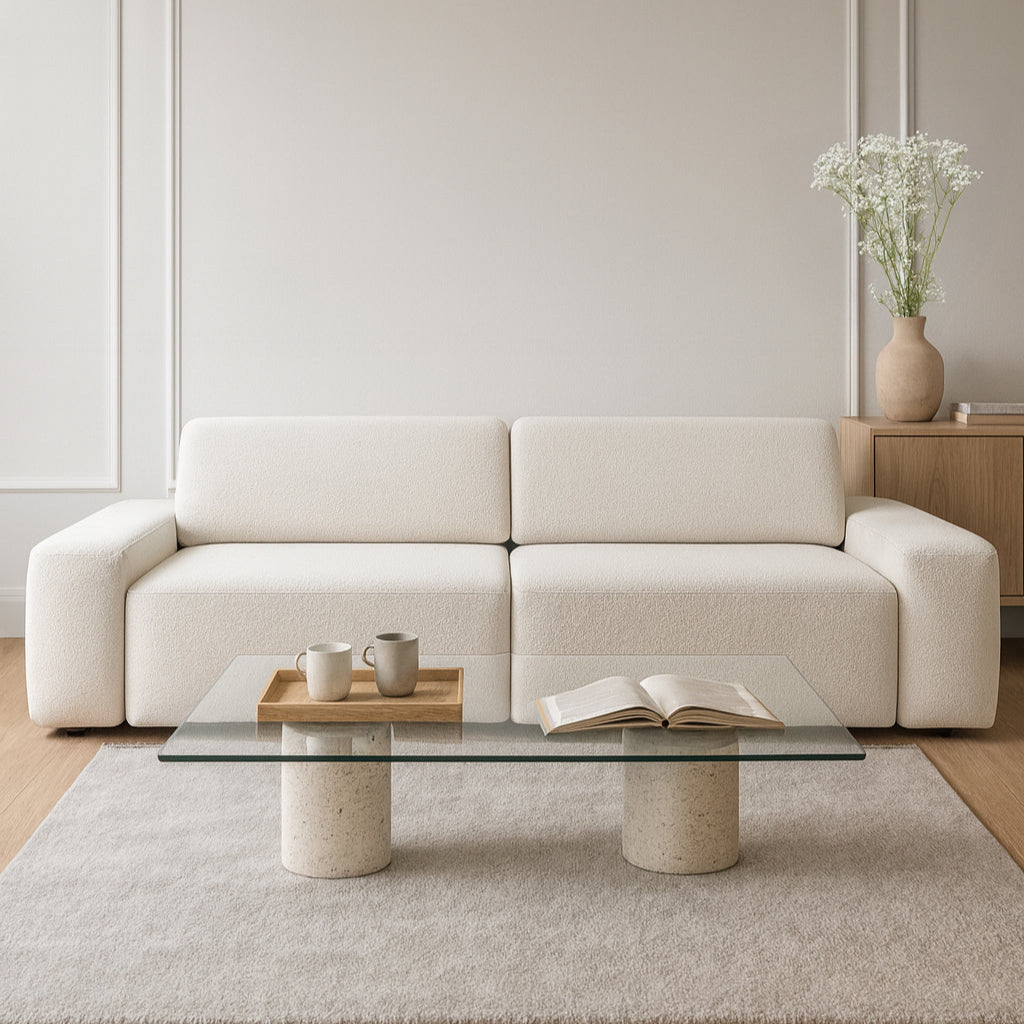Do you still remember the days when the whole family gathered around the table, not just for special occasions? When Sunday chicken soup was an excuse for hours of conversation, not a quick meal before Netflix? In an era of laptop-based meals and on-the-go dinners, the dining table is becoming the unsung hero in the fight for authentic gatherings. Because even though we now have apps for ordering food, we long for something more – the taste of conversation served on a plate of memories.
The great return of the family table
The 30-40-year-old generation is a unique group – we grew up on dinners at grandma's, where the table was sacred, yet we are also the first generation of food trucks and brunch. We know the taste of pork chops from Sundays, but also eggs Benedict from a trendy diner. And it's this duality that defines our approach to dining – we crave the nostalgia of grandma's table with a modern twist.
The "gathering table" trend is a response to our longings. These tables are reminiscent of those from Italian films – long, massive, and large enough to accommodate both family and a group of friends from our college days. The truth is: our apartments may be smaller than our grandparents' house, but the need for community is greater than ever.
Trends 2025 – between tradition and technology
Live edge – nature in the lead role
The biggest hits are tables with natural wood edges. It's like inviting a piece of the forest into your home – each table is unique, with its own story written in the grain. It's reminiscent of the '90s trends, when parents went wild for real wood furniture after years of laminate. Except now, wood is combined with industrial-style metal legs or minimalist bases. The result? A table that would fit equally well in the house from "Klan" and the loft from "Ugly."

Extendable Wonders – Flexibility for the Bachelor Generation
Our generation is the master of small spaces and big ambitions. Hence the popularity of new-generation extendable tables – no longer heavy, creaky mechanisms from grandma's apartment. Modern systems allow you to expand a table from 4 to 12 seats in seconds. It's like a transformer – a compact home office companion by day, a stage for dinner with friends by night.
Mix & Match – The End of the Dictatorship of the Set
Forget about "table plus six identical chairs" sets. The mix and match trend is all about freedom of choice – an industrial chair next to a vintage armchair, a bench on one side, and bar stools on the other. It's like a Spotify playlist where Myslovitz's "Moja i Twoja Hope" sits alongside Sanah's "Szampanek." Each chair tells a different story, but together they create harmony.

Smart dining – technology at the table
Built-in inductive chargers, hidden USB sockets, and even integrated Bluetooth speakers – modern tables are more than just furniture. They're the command center of home life. But be warned: technology is meant to serve, not dominate. The best solutions are invisible – like in a good movie, where special effects don't overshadow the plot.
Materials that make a difference
Sintered quartz – beauty without compromise
Sintered countertops have been a hit in recent years. They look like marble from the Palace of Culture, but are as practical as a table from a dairy barracks. They're resistant to scratches, red wine stains (remember the post-master's graduation party?), and hot dishes straight from the oven. For a generation that wants it all—design and functionality.
The 12mm thickness is sufficient for a durable countertop, and the patterns? From classic Carrara white to dramatic black with gold veins, reminiscent of the apartment from the main character in "Pitbull." The price may be dizzying (2,000-4,000 PLN per square meter), but think of it as an investment – this table will outlast your mortgage. The upside is that you can cut directly on the countertop – no more door-sized cutting boards.

Recycled wood – a new take on history
Tables made from reclaimed wood aren't just about ecology. They're true journeys through time—boards from the demolition of an old barn or beams from a pre-war tenement house. Every scratch and crack is a chapter in history. Like vinyl records—imperfect, yet therefore authentic.
The most popular? Old oak beams from a demolition – as tough as a Nokia 3310, with the character of Bogusław Linda. The process of regeneration is an art – sanding reveals the beauty hidden beneath the layers of time, while impregnation protects against generations of spilled tea. Each table is unique – perhaps you'll find a board carved with century-old initials or traces of ancient structures. This furniture has soul, suiting both Scandinavian minimalism and interiors decorated in the style of "Chata" – that iconic show that taught us that old can be made new.
Architectural concrete – brutal charm
Concrete countertops are a choice for the brave. Raw, industrial, yet surprisingly warm. They suit loft-style interiors, but also contrast beautifully with grandma's classic chairs. It's like mixing Kazik with a symphony orchestra – unconventional, but it works.
The weight is the main drawback – such a table weighs as much as a Fiat 126p, so it's best to decide where to place it right away. But this massiveness provides a sense of stability in a world where everything is "light" and "instant." The personalization possibilities are endless – dyes allow for any color (from anthracite to powder pink like in a Doda music video), and decorative elements can be incorporated into the mass. I saw a table with craft brewery caps embedded – like a map of sentimental journeys through Polish craft beer.

Tempered glass – transparent elegance
Glass tables are back, but not in the '90s version we remember from our parents' first apartments. Modern tempered glass (10-12 mm) is in a different league – it can even withstand enthusiastic table-pounding while watching a game. The biggest advantage? It visually enlarges the space – ideal for garage-sized apartments in prefab buildings.
You can choose between clear, tinted (like the windows in the Passat B5), or frosted glass. Minimalist fans will love the clean lines, and technological innovations like heated glass (no more cold countertops in the morning!) will impress everyone. The downside? Fingerprints are as visible as Doda in showrooms – be prepared for constant wiping.
Composites and epoxy resins – applied art
This is a choice for individualists. Epoxy resin tables are like paintings you can eat at. The most popular option? "River table" – wood cut in half with a river of resin in the middle. It looks like the Dunajec River seen from above, except you can place a plate of pierogi on it.
Anything can be embedded in resin – from coins from the Polish People's Republic to tickets from Kult's first concert. This is personalization at its finest – your table tells your story. The creation process is a small show – as the resin hardens, it creates bubbles and swirls like a lava lamp. Prices start at 3,000 for smaller pieces, but the "wow" effect is priceless.

Veneer on MDF – a budget compromise
Not everyone has the budget for solid oak or sintered wood. Veneer (a thin layer of real wood) on MDF is like a cover of a famous hit – not the original, but it can sound just as good. It looks like wood, feels like wood, but the price is like a Biedronka sale.
Technology has advanced – today's veneers are thicker (up to 3 mm), better finished, and difficult to distinguish from solid wood. A plus? Stability – they won't crack or warp like a solid countertop. An ideal choice for young families who would rather spend their money on a vacation than on a table that costs the price of a small car.
Shape matters
Round – a democratic classic
A round table is a symbol of equality – there's no top, everyone is equally important. It's like the round table in Camelot, only instead of knights, it's filled with tired parents and children enjoying a post-birthday sugar rush. Perfect for families with small children (no sharp corners) and those who enjoy long conversations (everyone sees everyone else). A diameter of 120-140 cm comfortably seats 4-6 people – more than that, and conversations start to feel like shouting across the Vistula River. The downside? It's harder to push it against the wall in a small apartment, so it has to be positioned in the center, like a star on stage.
Oval – an elegant compromise
It combines the advantages of a rectangular and round table. It seats more people than a round one, yet retains the fluidity of its form. It's like Edyta Górniak – classic with a touch of modernity. With an oval table that seats 6-8, you can host both an intimate dinner for two (sitting at the ends, as in "Sexmission") and a larger social gathering. It works well in narrow dining rooms – its streamlined shape makes it easy to move around.

Rectangular with rounded corners – a safe trend
A hit in homes with children. It retains the classic form, but without the danger of a bruise from the corner. This is a solution for practical idealists – we want tradition, but in a safe 2.0 version. A 10-15 cm radius is the sweet spot – safe enough for a toddler learning to walk, but still elegant. A bonus is the ease of choosing tablecloths – rectangular ones fit perfectly, unlike searching for octagonal tablecloths for odd shapes.
Table Height – A New Perspective
The standard 75 cm is no longer the only option. Bar tables (110 cm) are emerging for quick breakfasts and kitchen chats – like in "Friends," only with a Polish twist. Imagine having your morning coffee standing up, scrolling Instagram, and packing sandwiches for the kids at the same time. This is the lifestyle of today's 30-somethings – on the go, but with style.
On the other hand, low Japanese tables (45-50 cm) with cushions instead of chairs are an option for fans of minimalism and unconventional solutions. They work great in small apartments – after a meal, you tuck away the cushions, and the space suddenly opens up. A bonus for your spine? Sitting cross-legged is a natural yoga exercise during dinner.
A unique feature are adjustable-height tables (70-110 cm) – a sit-down breakfast in the morning, a bar for friends in the evening. It's like a furniture version of a Transformer – it adapts to the rhythm of the day. Electric mechanisms cost as much as a used iPhone, but mechanical versions are more affordable. Perfect for those working from home – lunch at desk height, dinner at relaxation height.

Lighting – the mood director
A lamp over the table is like a good DJ – it can make or break a party. The trend for 2025 is adjustable-height lamps – high for cooking, low for a romantic dinner. Also popular are compositions of several small lamps – like a constellation of lights creating their own universe above the table. Three small lamps in a row are a hit – they resemble milk bars, only in a premium version.
Distance from the counter? 75-90 cm at its lowest setting – high enough to avoid bumping your head when getting up for a second helping of bigos, but low enough to create an intimate atmosphere. For comparison: in fine dining restaurants, lamps often hang 60 cm – but there, you don't wave your arms while talking about Lewy's latest match.
Warm light (2700-3000K) is a must-have – it makes every dish look like something out of Masterchef, and faces like something out of a Wajda film. A dimmer is standard – from bright light for board games to atmospheric twilight with wine. App-controlled smart bulbs take things to the next level – you can change the atmosphere from "family dinner at your mother-in-law's" to "dinner like in Fifty Shades of Grey" with a single click. Cost? From 50 PLN for a standard dimmer to 500 PLN for a smart system – less than a single visit to a trendy restaurant, and you use it every day.
Area around the table
A rug under the table? Why not! Modern, easy-to-clean rugs can even withstand a spilled borscht. They define the dining space in an open-plan apartment. Choose geometric or abstract patterns – they'll hide any stains more easily than a solid color. Materials? Polypropylene is tough – it can withstand everything from spilled juice to traces of a college-themed house party.
Size matters – the rug should be at least 60-80 cm larger than the table on all sides. This ensures that chairs remain on the rug even when pushed back. It's like parking in a comfort zone – you always have a place to stand. Those who are brave can choose round rugs under rectangular tables – a contrast like those in the Elle Decoration catalog.
On the wall? Instead of a classic display case, consider a gallery of family photos in various frames or a collection of decorative plates. It's like Instagram Live – your story in the form of an exhibition. An alternative? Spice racks and cookbooks – practical and stylish. Or a large-format photo or poster – perhaps a still from "Kogel-mogel" or a vintage Pewex poster? A mirror in a decorative frame will visually enlarge the space and reflect candlelight during dinner.

Personalization – Your Table, Your Rules
At Pillovely, we believe your table should reflect your world. It could be a tabletop with children's handprints etched into the concrete, perhaps engraved with quotes from your favorite Paktofonika songs, or simply a table painted in your favorite color.
Because a table is more than just a piece of furniture. It's the stage where life unfolds—from a morning coffee on the run to late-night conversations over wine. It's the place where a child's first cereal comes from and a grandfather's last words of advice. It's the center of a home, connecting generations like a good song.
And remember: the most important element of every meal is not what's on the plate, but who's at the table. Because as Grzegorz Turnau sang, "Truly, it's not that we regret that time has blown away the golden leaves..." – it's important to have someone to reminisce with at the shared table.
See also:


